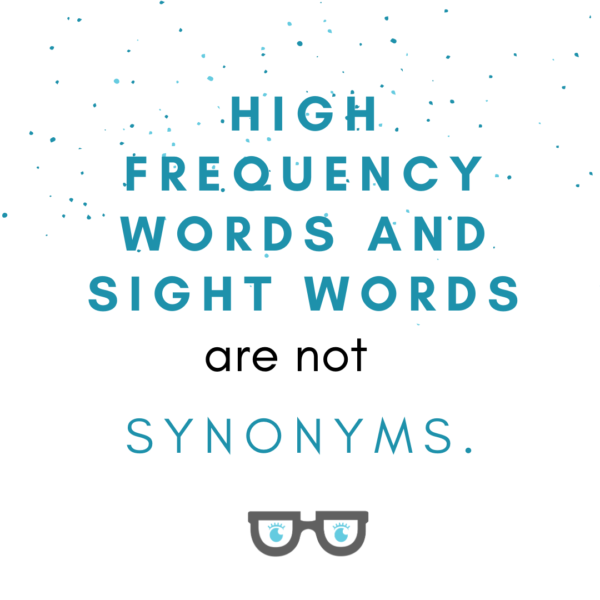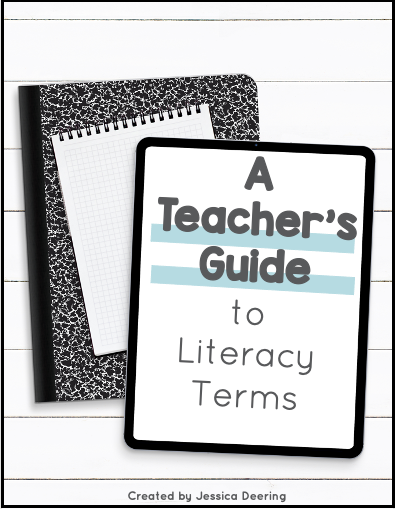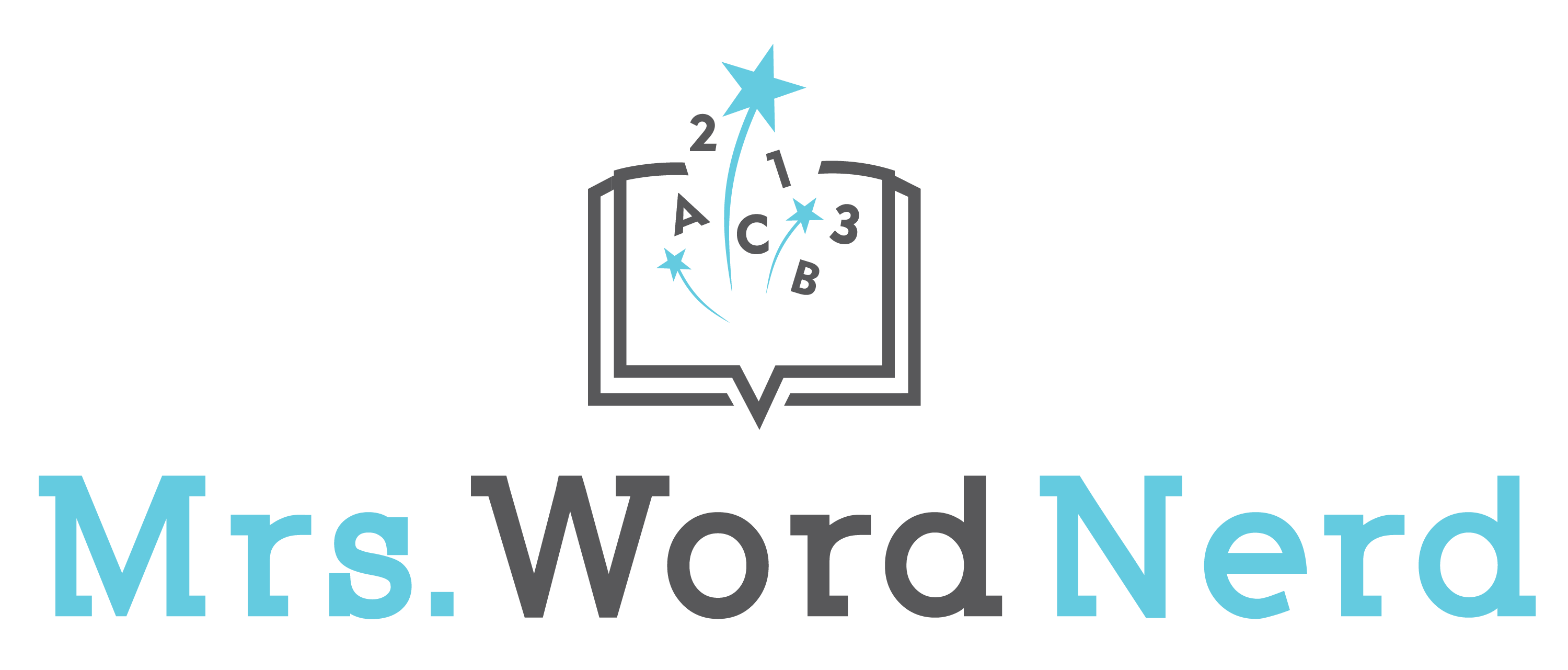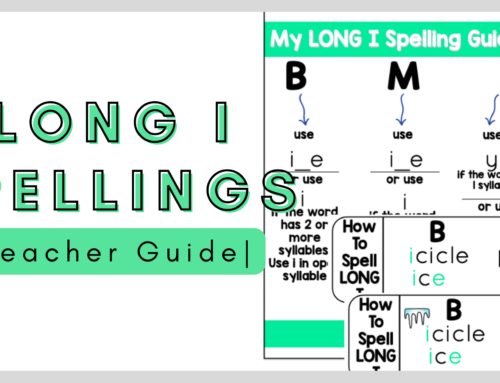No matter what you call them as teachers we know that these words matter. Learning them can be a game changer for our students’ reading. Yet have you ever wondered why there are so many different names for these words? We often use these terms interchangeably yet they don’t work like that.
High-Frequency Words vs. Sight Words
It often seems these two terms are used as synonyms in education. It is common practice to send home sight word lists or high-frequency word lists, but they mean something very different.
High-frequency words are words that are most commonly used in our language, particularly within a text. That’s the focus in education.
Sight words are any words we know by sight.
David Kilpatrick describes them as any words we know just by looking at it because we have decoded it and mapped it into our brains. Check it out here.
So high-frequency words are based on texts, so very little variability.
Sight words are based on individuals so these vary greatly from student to student, especially at the lower elementary level.
The goal should be to get high-frequency words to become sight words for our students to ease reading and writing tasks.

Dolch Words vs. Fry Words
We have all seen and heard about these lists, but what are they?
Dr. Edward Dolch made the Dolch word list in 1936. It includes 220 words that were chosen based on the most common used words from three vocabulary lists. He didn’t include any nouns on the list, so an additional 95 word list with nouns was created.
Dr. Edward Fry created the Fry Instant Word List in 1957. He updated it in 1980. He included all parts of speech in his list. His list is based off a word frequency book.

Flash Words, Red Words and Heart Words
Out of all the terms, these ones are the most closely related.
Heart words are those words we know that are irregular. So one or more phonemes in these words are represented by a grapheme (spelling) that usually doesn’t represent that sound.
However, when students are in preschool and kindergarten most words are considered heart words for them because they have yet to learn enough phonemes to make many heart words decodable.
Flash words are those heart words that are actually decodable because all the phonemes are represented by their normal graphemes. For example: let, if, in, a
Red words are synonyms for heart words. They are words that have some phonic irregularity to them. Red words have typically been used in the Orton Gillingham approach.
As you can see, these terms are quite different even though there is some overlap.
Yes, some Dolch words are Fry words.
Yes, some sight words are high-frequency words.
Yes, some heart words are sight words.
It is really important to remember what might be a heart word for one student has become a sight word for another. That is why we need to keep these terms straight and know what they mean.

Keeping These Terms Straight
To help us do that I added these terms to my A Literacy Term Guide for Teachers.








Leave A Comment